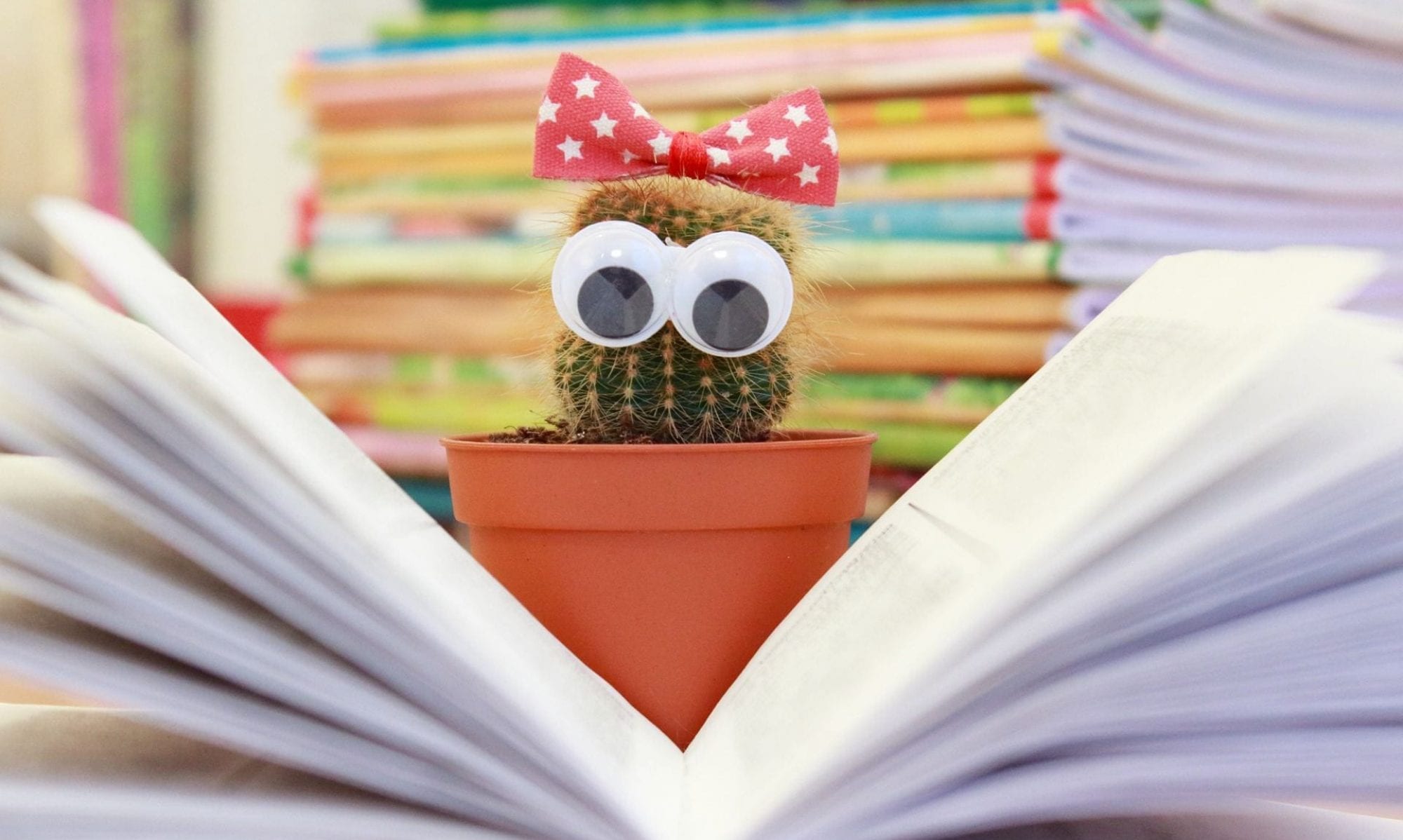Green Gables Fables, directed by Mandy Harmon and Marie Trotter, is an enhanced book in the form of a video diary (vlog). It follows the storyline and characters of the first three books of the Anne of Green Gables series by LM Montgomery. This adaptation provides a modern day take on the storyline of the original, including reference to social media platforms, and altering the age of the character and context of events to engage a 21st century teenage audience. The content is of good quality and the personality of Anne is clearly demonstrated in line with the description from the original text. This enhanced book would suit an audience 12+, and could be used as the basis for a novel assignment in English.
Green Gables Fables uses video and web technology to highlight and represent the main aspects of the original text. The videos are designed to not distract the viewer from the story being told, with basic and consistent setting, and minimal eye-catching elements. References are made throughout the videos to social media platform use and their pitfalls. When the videos were in production, social media accounts for the main characters were also active. This provided an extension of the story in a different online format, and a way for viewers to connect with characters. Kearney’s (2011) description of digital storytelling is highlighted in this adaptation through the creation of vlogs with the inclusion of music, video, narrators voice and emotional content.
These videos use the modern period to tell a classic tale. The modernity of the text is seen through elements of modern language, clothing, and setting. The design and format of the video diaries is consistent across episodes, which helps create continuity through the story. This adaptation into a video diary suits the Anne of Green Gables story well, as a majority of the original books is Anne’s internal monologue.
As described by Wise (2017), stories need a beginning, middle and end, and should be thought provoking. Episodes of Green Gables Fables have clearly identified snippets of the original story which can be condensed and told with a beginning, middle and end within 5 minutes. Like the original text, they leave you thinking about what Anne is going to do next.
The production of the video is well created. The quality of the videos varies from 480p (standard) to 1080p (high definition) depending on the video. Fairclough’s (2018) comments highlight considering the screening platform to determine a suitable filming resolution. Due to the viewing format (YouTube) the low quality of video does not make a big difference in viewing presentation.
These videos are easily accessible and reusable. They are freely available via YouTube, so anyone with an adequate internet connection can view the videos. The production of videos has ended, so the social media accounts for characters are no longer updated, but still accessible. With 4-5 minute episodes, they are easily integrated into a classroom environment for discussion or as the basis of a creative or analytical task. The videos could also be shared with others online. The length also a means that viewers are more likely to be able to watch an entire episode without getting distracted.
Welsh (2014) highlights the ability of video adaptations to take a fresh look on the themes of the original. Hanson (2017) agrees that this vlog maintains the integrity of the storyline. There are a few minor changes to the context of the story: it is now set in the 21st century (not the 1900s), Anne is 17 (not 11), and digital tools and social media are referred to. Despite these changes to keep the story engaging and relevant to modern viewers, the key concepts and issues of the story are still explored.
Elements of quality literature are evident within Green Gables Fables. The series was filmed and uploaded sequentially, with each episode labelled for the viewer to follow the progression. However, it is possible to watch the videos out of order. They are individual, self-contained videos exploring one aspect of the story’s plot/themes. Throughout the enhanced book the viewer can explore the main themes of the original text, including love, acceptance, bullying, friendship, and grief. Through Anne’s description of events, there is opportunity for the viewer to connect with aspects of the storyline and empathise with her. The portrayal of Anne in the diaries is very dramatic and through use of descriptive language she can create vivid images in the viewer’s mind’s eye. The vocabulary used is extensive, and true to the original text in parts. The interweaving of modern and original text lends itself to the authenticity of the video diaries.
Green Gables Fables is a well created online adaptation of the series by LM Montgomery. It highlights themes, language and events from the original texts and adds a 21st century twist. Elements of quality literature are evident throughout along with seamless inclusion of digital affordances. It would appeal to fans of Anne of Green Gables and those new to the story.
References
AnneWithAnE. (2013, August 9). AnneWithAnE. Retrieved from https://www.youtube.com/user/greengablesfables/videos
Fairclough, S. (2018, July 29). What resolution should I use for shooting video? Camera Jabber. Retrieved from https://camerajabber.com/what-resolution-should-i-use-for-shooting-video/
Hansen, H. (2017, March 29). 7 YouTube vlogs that every literature lover should watch [Blog post]. Retrieved from https://www.hercampus.com/school/illinois-state/7-youtube-vlogs-every-literature-lover-should-watch
Kearney, M. (2011). A learning design for student-generated digital storytelling. Learning, Media and Technology, 36(2), 169-188. doi: 10.1080/17439884.2011.553623
Walsh, M. (2013). Literature in a digital environment. In L. McDonald (Ed.), A literature companion for teachers (pp. 181-194). Marrickville, NSW: Primary English Teaching Association Australia (PETAA). Retrieved from https://doms.csu.edu.au/csu/file/863c5c8d-9f3f-439f-a7e3-2c2c67ddbfa8/1/ALiteratureCompanionforTeachers.pdf
Welsh, K. (2015, January 13). The best vlog reinventions of classic books. The Guardian. Retrieved from https://www.theguardian.com/books/booksblog/2015/jan/12/vlog-classic-novels-zoella-jane-austen
Wise, L. (2017, May 30). What makes a great video? Lynda.com. Retrieved from https://www.lynda.com/Business-tutorials/What-makes-great-video/578089/618295-4.html

